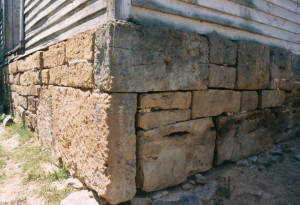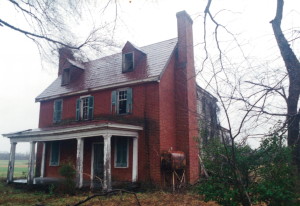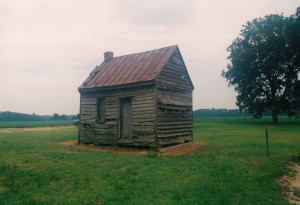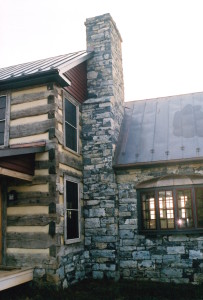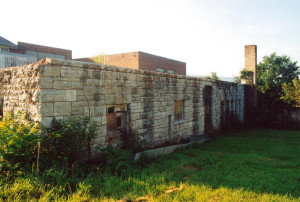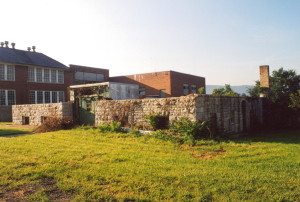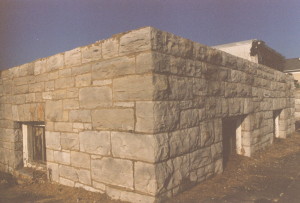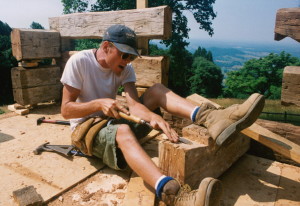West Virginia sandstone
I was always amazed at the stone foundations that I would see over in West Virginia.
Either the folks over there were blessed with naturally occurring perfect cubes of stone, or the men over there were some of the most gifted stone masons on God’s green Earth.
I finally encountered an old country gentlemen who showed me the secret. He grabbed an axe and placed it in the back of his pickup truck and invited me to go for a ride. We later stopped up in a holler where an ancient rock formation was exposed.
It turns out that the sandstone over there that has remained wet in the ground shapes with an axe easier than any piece of wood does. And, once that same stone is left in the sun for a couple of weeks, it hardens right up into… well… solid stone.
Mystery solved.
What an incredible resource they have over there.
Originally posted 2015-03-22 22:03:53.

